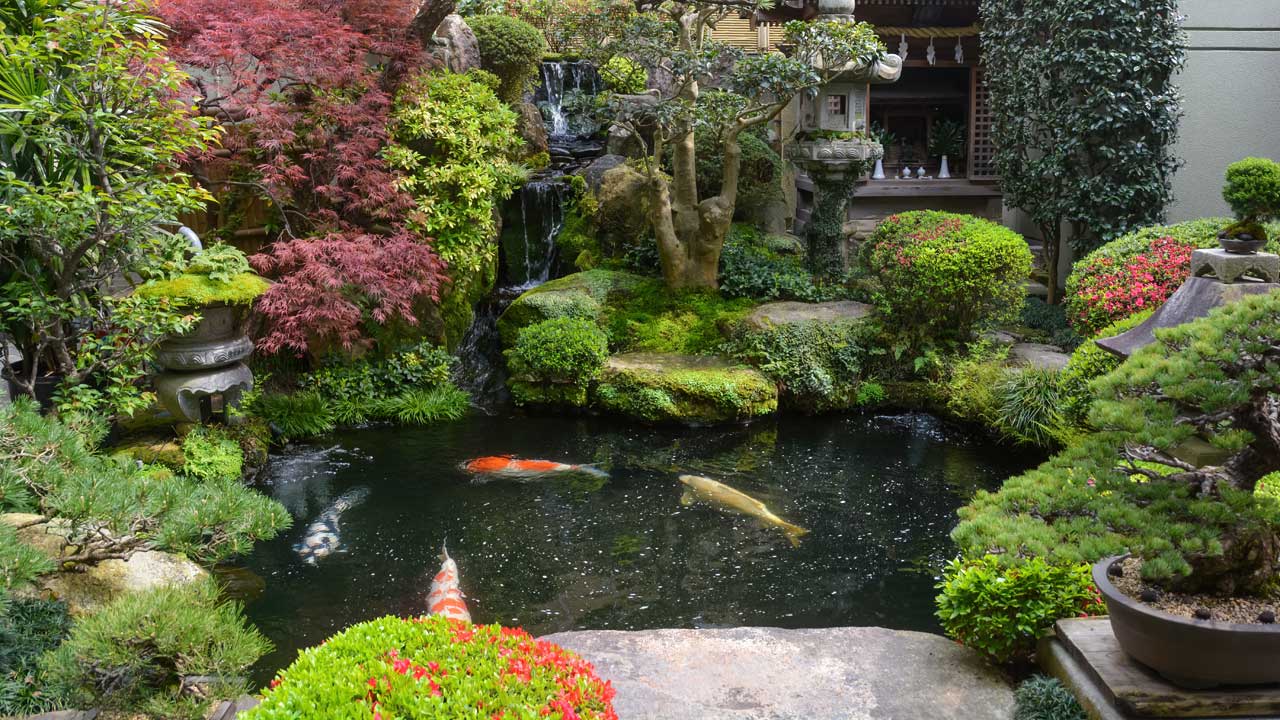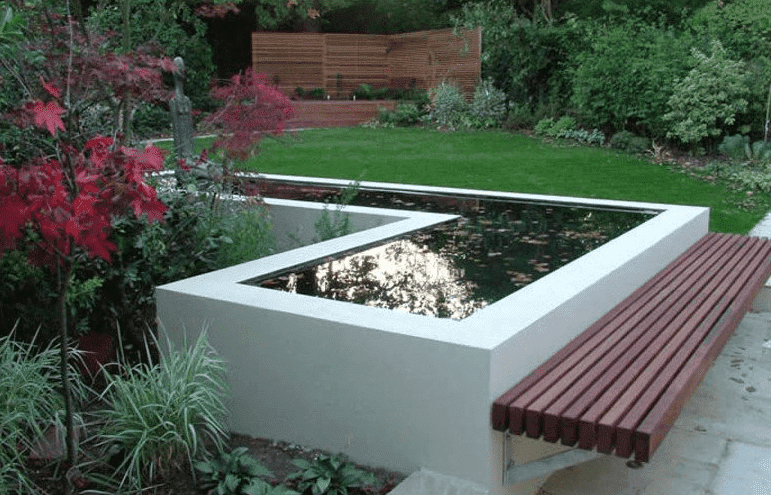How to Take Care of Koi Ponds Above Ground?
Having a Koi pond in the open spaces of a home or commercial building adds charm and attraction to the place. Many property owners love investing in a pond project. While deciding to have a Koi pond and installing it is a breeze, maintaining it is slightly challenging. Before you start digging out your backyard to install a Koi pond, it is imperative to know how to take care of a Koi pond above ground. Here are a few tips that can help you.
How to Take Care of Koi Ponds Above Ground?
Choose the Right Location
Before deciding to put Koi ponds above ground in your home or commercial property, choosing the right location for the pond is imperative. In above-ground ponds, it must be located at a place that gets at least a few hours of shade daily. If you are constructing a Koi pond below a tree, remove fallen leaves as they can decompose and settle down at the bottom, creating a lot of muck. You can make the setting look natural and more aesthetic by arranging rocks, soil, and potted plants around it.
Ensure Regular Maintenance
It is essential to maintain and clean the Koi ponds above ground. Ideally, it should be done daily, but a weekly cleaning schedule must be followed if that is not possible. Frequent skimming of the surface must be done because rotting leaves become toxic as they decompose. Debris and dirt form sludge at the bottom. Pond vacuums and skimmers must be used to clean residue. Call expert pond keepers to help keep the Koi pond well maintained and cleaned. It will also help keep ammonia levels in check.
Ensure No Algae Growth
Another challenge faced by the Koi Pond above ground is the uncontrolled growth of algae. It may be seen forming on the liner’s bottom or sides. Many times, microscopic algae turn the water green, rendering species sick. Use algaecide solutions as they are pretty effective in controlling algae growth. Several organic formulas are available these days that contain bacteria—using those helps create an efficient ecosystem. Large biological fillers, strong water circulation, and diverse species like snails, aquatic plants, and crayfish that feed on algae also help keep a check on algae growth.
Regular Tubes and Lines Checking
Algae and limescale deposits can also damage the lines and tubing of the pond aeration system. Keeping this problem in check by using algaecide and bleach occasionally is essential. The elements of filter housing need to be checked periodically, ideally once or twice a month, to see if debris is clogging the tubes. It also helps to check if it prevents bacteria from growing into healthy colonies.


















